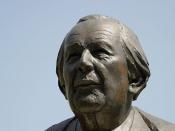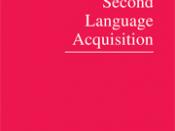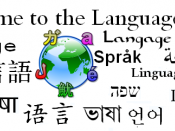Language development in young childrenLanguage developmentOur lives are filled with language. The first level of language is called the linguistic level, this is when children first "develop knowledge of language" (Otto, 2010). The metalinguistic level is the second level of language knowledge, where children can "manipulate, phonemic, semantic, syntactic, morphemic, and pragmatic knowledge to form a message. When a child arrives at metalinguistic verbalization, they have knowledge of complex language" (Otto, 2010).
As children learn oral language, they will start to learn phonetic knowledge about sound- symbol relations in language. Semantic knowledge is required as they recognize that "spoken words have meanings" (Otto, 2010). After children learn of these, they will learn to "combine words to create meaningful expressions, this aspect of language knowledge is called syntactic knowledge "(Otto, 2010). As children learn that some words will have different meanings, they will develop morphemic knowledge. This paper will look into the details of these stages of language development, and the theories that promote them.
There are several theories on language development, some theorists argued that children learn language passively; others that children are actively involved in constructing meaning. Then again, some theorists argue that the environment is all important in language acquisition, while others argue that children just pick language up naturally because they are predisposed to. The Nativist theory associated with linguist, Noam Chomsky, "contends that all people inherently have the capacity to acquire language due to cognitive structures that process language differently from other stimuli" (Otto, 2010). The LAD concept is a component of the Nativist theory of language. The Language Acquisition Device (LAD) is a part of the brain that is supposed to function as a congenital device for learning symbolic language. This theory asserts that humans are born with the instinct for acquiring language (National, 2009).


